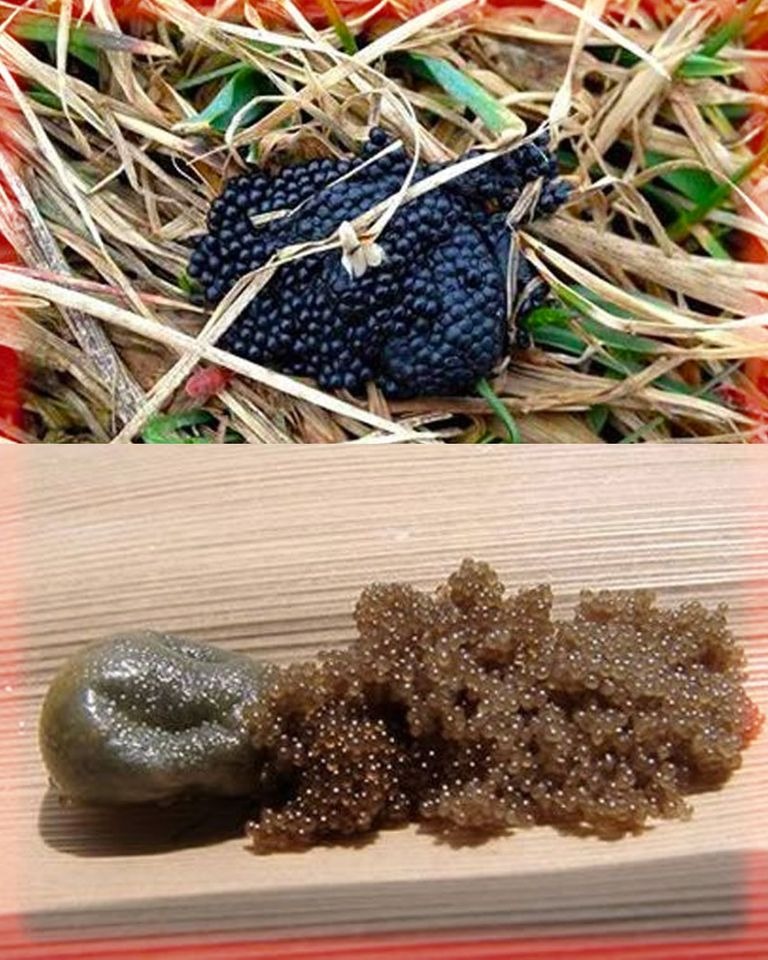Be very concerned if you find tick eggs in your property. In addition to being known to spread disease, ticks can cause problems when an infestation begins with the laid eggs in protected outdoor spaces. In order to successfully recognize, handle, and prevent tick eggs, this thorough guide is designed to give you the required knowledge and methods.
Tick Egg Recognition
Eggs laid by ticks are very little, roughly half the diameter of a poppy seed (0.5 mm). Depending on the kind of tick, its form can range from oval to pear, and they can be transparent or somewhat white in color. It is common for ticks to deposit their eggs in clusters on nearby surfaces, such as plants, leaf litter, or the ground. They could turn a shade closer to the adult tick’s as they develop into a more opaque stage of development. The eggs can be any shade of pale yellow to light brown, and they usually have a glossy, smooth appearance.
Risks Associated with Tick Eggs
The main worry with tick eggs is that they can develop into larvae that can spread illnesses such as Rocky Mountain Spotted Fever and Lyme disease. To stop the transmission of these illnesses, it’s important to be careful while handling tick eggs.
Elimination of Ticks and Their Eggs
For accurate identification and advice on tick treatment and removal, it’s best to seek the advice of a veterinarian or professional pest control specialist when dealing with tick eggs in your garden. Ticks that have connected to skin can be removed by firmly grabbing them at their mouth or head with fine-tipped tweezers and gently pulling them away from the skin without jerking or twisting. Put the tick in alcohol, a sealed bag, or flush it down the toilet after removal.
Safety Steps You Can Take Right At Home
Cut Down on Plants That Attract Deer: If you want to stop the spread of Lyme disease via ticks, you should cut down plants that attract deer, such as azaleas, hostas, and tulips.
Plants that Deter Ticks: If you want to keep ticks at bay, plant some mint or rosemary and some chrysanthemums.
Keeping Up with Your Lawn: Maintain a groomed lawn and cut back on overgrown vegetation. Tick habitat is diminished as a result.
Keep Debris and Woodpiles Under Control: Ticks like dark, damp areas to lay their eggs. Make sure to keep woodpiles at a safe distance from the home and on a level surface.
Avoid Having Little Host Animals: The most common hosts for ticks are rodents, therefore it’s best to keep bird feeders away and stonewalls in good repair.
An efficient natural tick repellant is diatomaceous earth, together with essential oils such as cedarwood, neem, and citronella.
Use Tick Tubes: These tick-killing and disease-prevention gadgets don’t require spraying.
To make your garden beds less tick-friendly, try using pebble mulch or lava rock as mulch.
Establish Areas Devoid of Lawn: Minimize tick habitats with the use of hardscaping.
while needed, use pesticides such as synthetic pyrethroids or natural substitutes such as cedar oil. However, be careful while applying these products.
In order to prevent tick infestations, it is essential to be watchful. Ticks and the illnesses they transmit may be greatly reduced with the use of knowledge about ticks, how to handle tick eggs correctly, and yard prevention measures. To properly address tick-related difficulties, safety must always be prioritized and specialists should be consulted when necessary.
